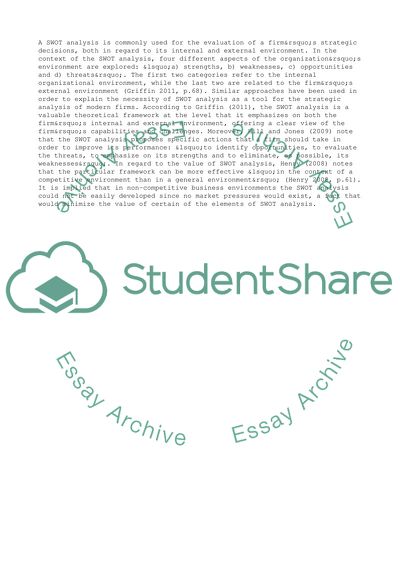Cite this document
(“Performance of ITV1 Through the Firms Strategic Analysis Research Paper”, n.d.)
Performance of ITV1 Through the Firms Strategic Analysis Research Paper. Retrieved from https://studentshare.org/business/1789831-business-skills
Performance of ITV1 Through the Firms Strategic Analysis Research Paper. Retrieved from https://studentshare.org/business/1789831-business-skills
(Performance of ITV1 Through the Firms Strategic Analysis Research Paper)
Performance of ITV1 Through the Firms Strategic Analysis Research Paper. https://studentshare.org/business/1789831-business-skills.
Performance of ITV1 Through the Firms Strategic Analysis Research Paper. https://studentshare.org/business/1789831-business-skills.
“Performance of ITV1 Through the Firms Strategic Analysis Research Paper”, n.d. https://studentshare.org/business/1789831-business-skills.


